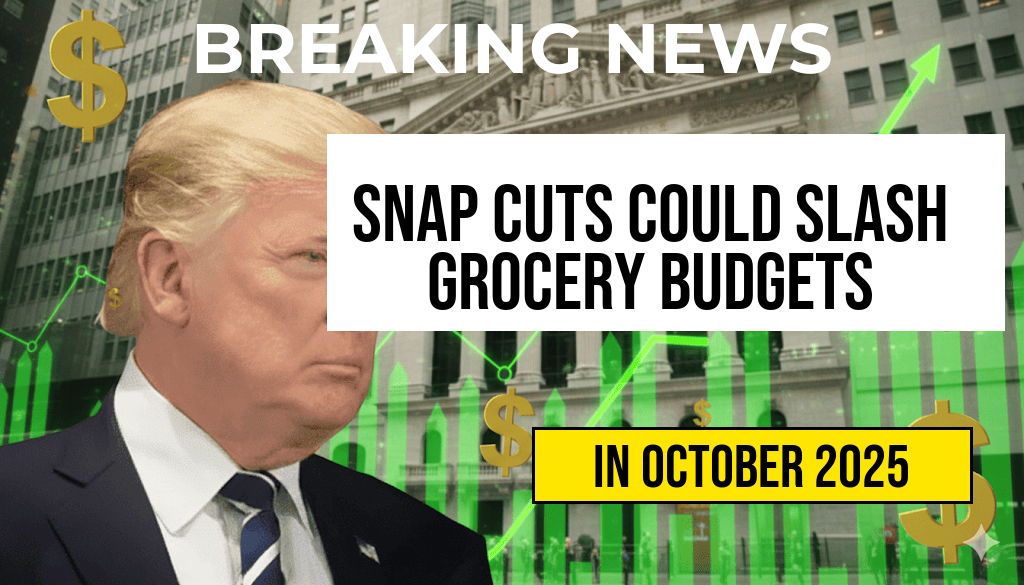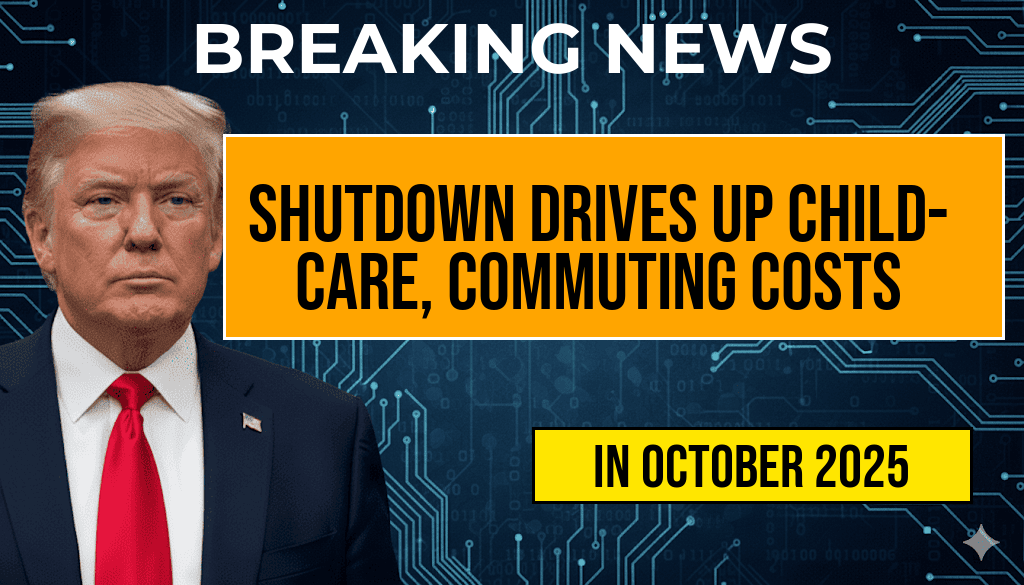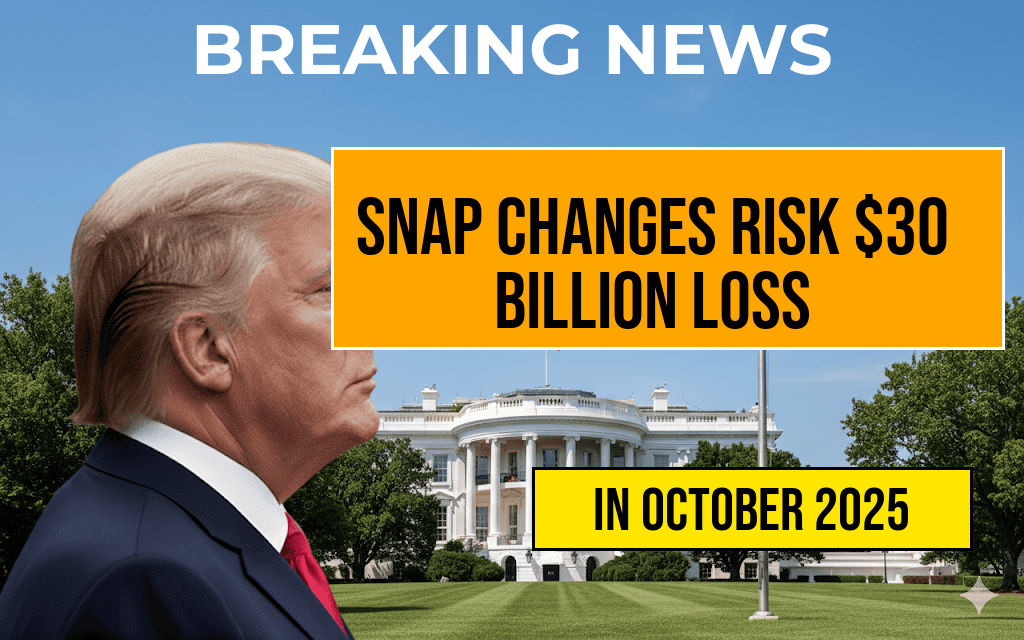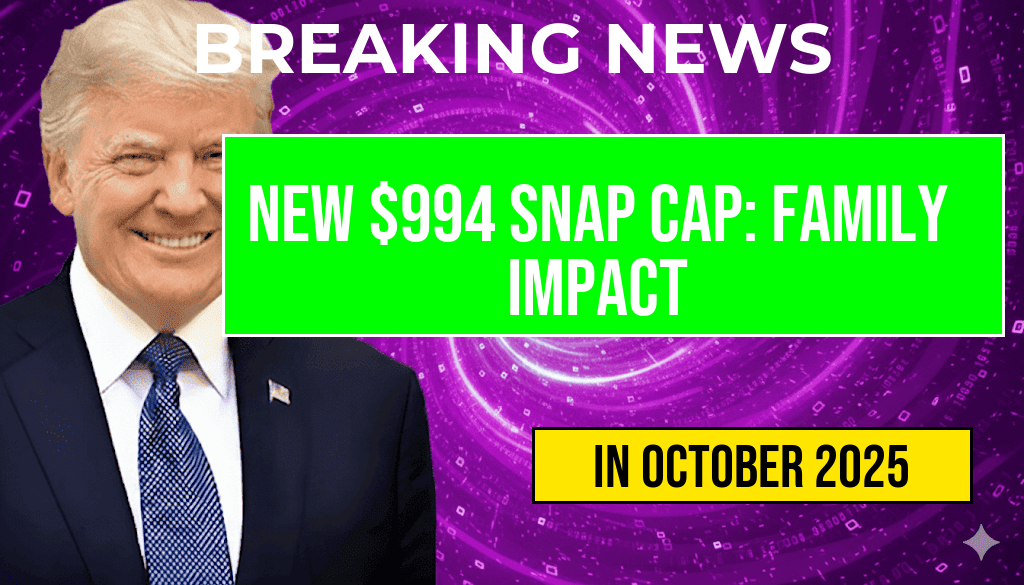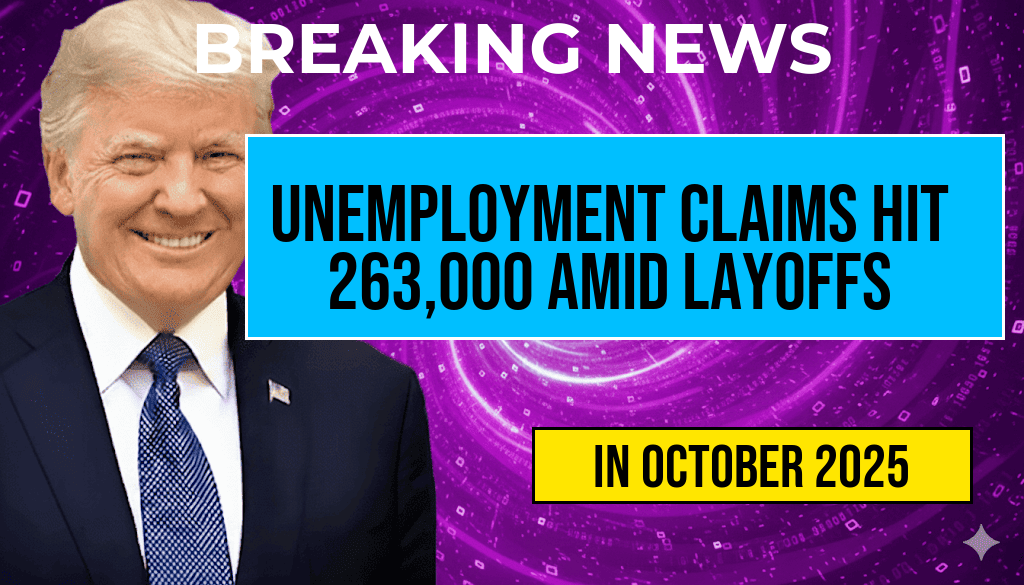As states begin implementing significant changes to the Supplemental Nutrition Assistance Program (SNAP), households across the nation face potential losses totaling up to $30 billion over the next decade. These adjustments, which stem from legislation aimed at reforming the program, are set to impact millions of Americans who rely on food assistance. The modifications include stricter eligibility requirements, adjustments in benefit calculations, and a reduction in pandemic-related temporary increases. While state officials argue that these changes are necessary for fiscal responsibility, critics warn that vulnerable populations will bear the brunt of these cuts, exacerbating food insecurity at a time when economic pressures are already mounting.
Understanding the SNAP Changes
The SNAP program, formerly known as food stamps, is a critical resource for low-income families, providing essential support for purchasing food. Recent legislative actions have prompted states to reevaluate their SNAP programs, with several key changes expected to take effect soon:
- Eligibility Revisions: Stricter income thresholds are being introduced, which may disqualify many families currently receiving benefits.
- Benefit Calculation Adjustments: Changes in how benefits are calculated may lead to lower monthly assistance amounts.
- End of Emergency Allotments: The temporary boosts in benefits provided during the COVID-19 pandemic are being phased out, signaling a return to pre-pandemic levels.
Projected Impact on Households
The impending changes are projected to significantly affect food security for millions of Americans. According to estimates, approximately 38 million people rely on SNAP for nutritional support, and reductions in benefits could force many to make difficult choices between food and other essential expenses. A report from the Center on Budget and Policy Priorities indicates that the impact of these changes may result in a staggering $30 billion loss in benefits over the next decade.
State Responses
States are approaching these changes differently. Some are actively preparing to implement the new regulations, while others are seeking ways to mitigate the adverse effects on their constituents:
- California: Has proposed a state-level program to supplement SNAP benefits for low-income families to counterbalance the loss.
- Texas: Is reviewing its eligibility criteria to ensure that the most vulnerable populations remain supported.
- New York: Plans to implement outreach programs aimed at educating residents about the changes and available resources.
Advocacy and Public Response
Advocacy groups have voiced strong opposition to the changes, arguing that they will disproportionately harm low-income families, children, and seniors. Organizations such as the Food Research & Action Center and Feeding America are mobilizing efforts to raise awareness and push for policy adjustments that prioritize food security.
Public sentiment varies, with many expressing concern over the potential rise in hunger and poverty as a result of reduced SNAP benefits. A survey conducted by the Pew Research Center found that nearly 60% of Americans believe that government assistance programs are crucial for those struggling to afford food.
The Future of Food Assistance Programs
As these changes unfold, the future of food assistance programs remains uncertain. Advocates urge lawmakers to consider the long-term implications of their decisions, particularly as inflation and economic disparities continue to affect low-income households. While some states explore innovative solutions to support residents, the overall landscape for SNAP recipients is becoming increasingly precarious.
| Year | Projected Loss in Benefits (in billions) |
|---|---|
| 2024 | $2.5 |
| 2025 | $3.0 |
| 2026 | $3.5 |
| 2027 | $4.0 |
| 2028 | $4.5 |
| 2029 | $5.0 |
| 2030 | $5.5 |
| Total (2024-2030) | $30.0 |
As states navigate the complexities of implementing these reforms, the implications for millions of Americans are profound. Keeping a close eye on the evolving landscape of SNAP will be essential as communities and advocacy groups continue to fight for the protection of food assistance programs.
Frequently Asked Questions
What are the recent changes to SNAP under the ‘Big Bill’ initiative?
The recent changes to SNAP (Supplemental Nutrition Assistance Program) under the ‘Big Bill’ initiative involve significant alterations to eligibility and benefits, impacting millions of households across the country.
How might these changes affect households financially?
Households could risk losing up to $30 billion over the next decade due to reduced benefits and stricter eligibility requirements set forth by the new legislation.
Who is most likely to be affected by the SNAP changes?
Low-income families, the elderly, and individuals with disabilities are among those who will be most affected, as they often rely heavily on SNAP benefits for essential food and nutrition needs.
Are there any exceptions or protections in the new SNAP regulations?
While the new regulations introduce stricter eligibility criteria, there may be some exceptions for vulnerable groups, but these are limited and vary by state, emphasizing the need for careful review of individual circumstances.
What can households do if they lose SNAP benefits?
If households lose their SNAP benefits, they can explore other assistance programs, seek local food banks, or contact community organizations that provide support for those in need to help bridge the gap.


